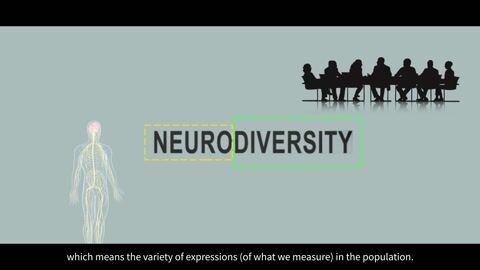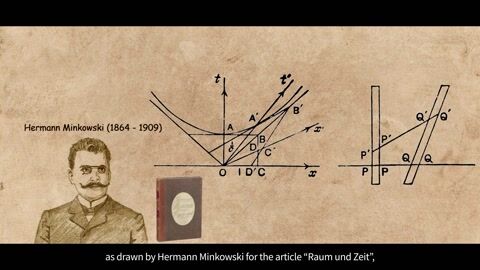- Subjects: Computer Science, Artificial Intelligence
- |
- Contributor:
- Robert Friedman
- geometrical representation
- cognitive process
- mathematical model
- artificial intelligence
This video is adapted from 10.3390/encyclopedia3030056
Nature is composed of elements at various spatial scales, ranging from the atomic to the astronomical level. In general, human sensory experience is limited to the mid-range of these spatial scales, in that the scales which represent the world of the very small or very large are generally apart from our sensory experiences. Furthermore, the complexities of Nature and its underlying elements are not tractable nor easily recognized by the traditional forms of human reasoning. Instead, the natural and mathematical sciences have emerged to model the complexities of Nature, leading to knowledge of the physical world. This level of predictiveness far exceeds any mere visual representations as naively formed in the Mind. In particular, geometry has served an outsized role in the mathematical representations of Nature, such as in the explanation of the movement of planets across the night sky. Geometry not only provides a framework for knowledge of the myriad of natural processes, but also as a mechanism for the theoretical understanding of those natural processes not yet observed, leading to visualization, abstraction, and models with insight and explanatory power.


















